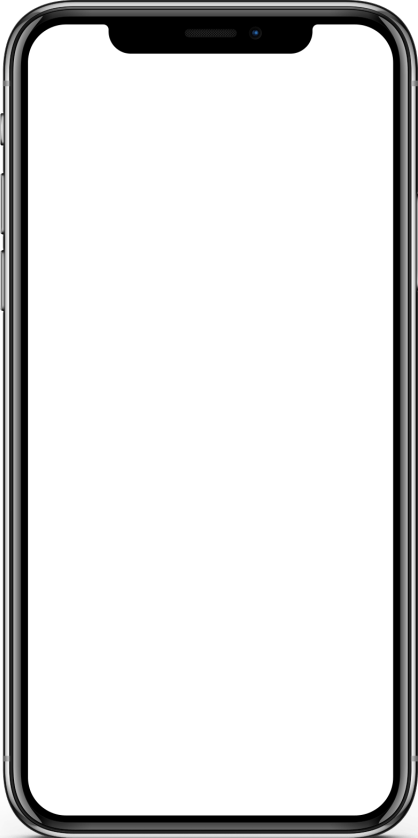Clinically Driven Detection for Better Equity of Care
Rapid NCCT Stroke delivers fast analysis of value-based CT images for accelerated door-to-decision time at centers of all levels of care. And, when compared to that of general radiologists, Rapid NCCT Stroke has demonstrated a 55% increase in sensitivity - aiding clinicians at various facility types in identifying possible ICH or LVO.*







